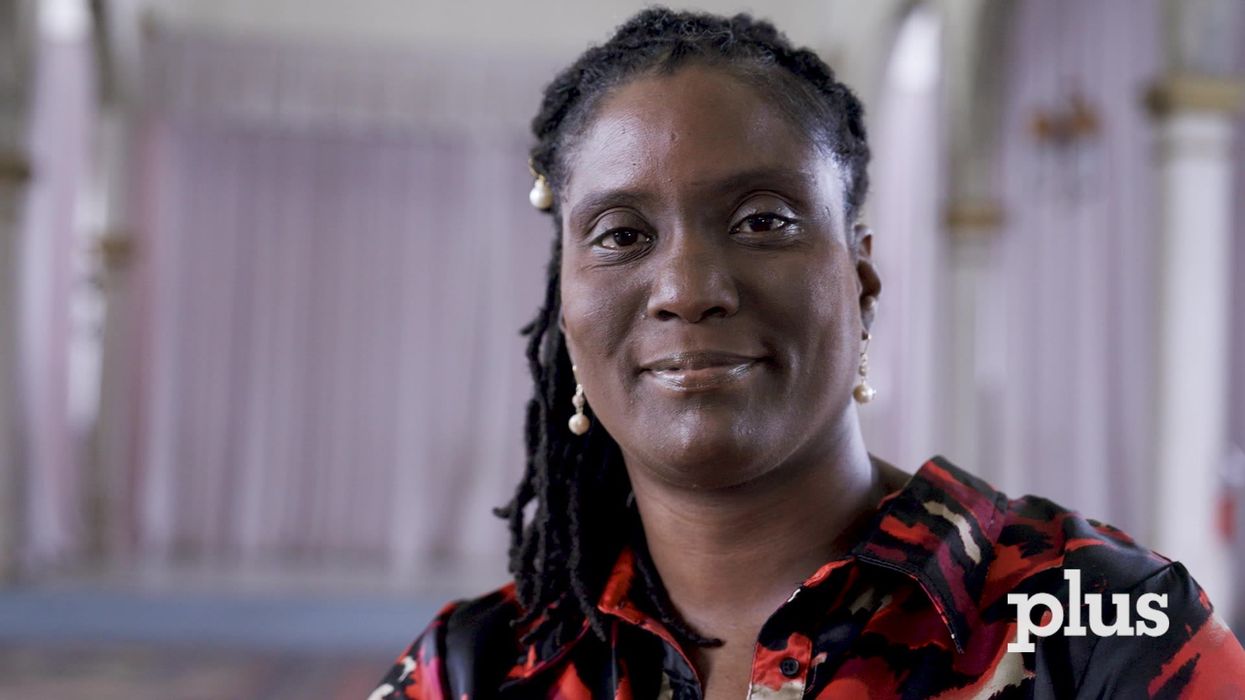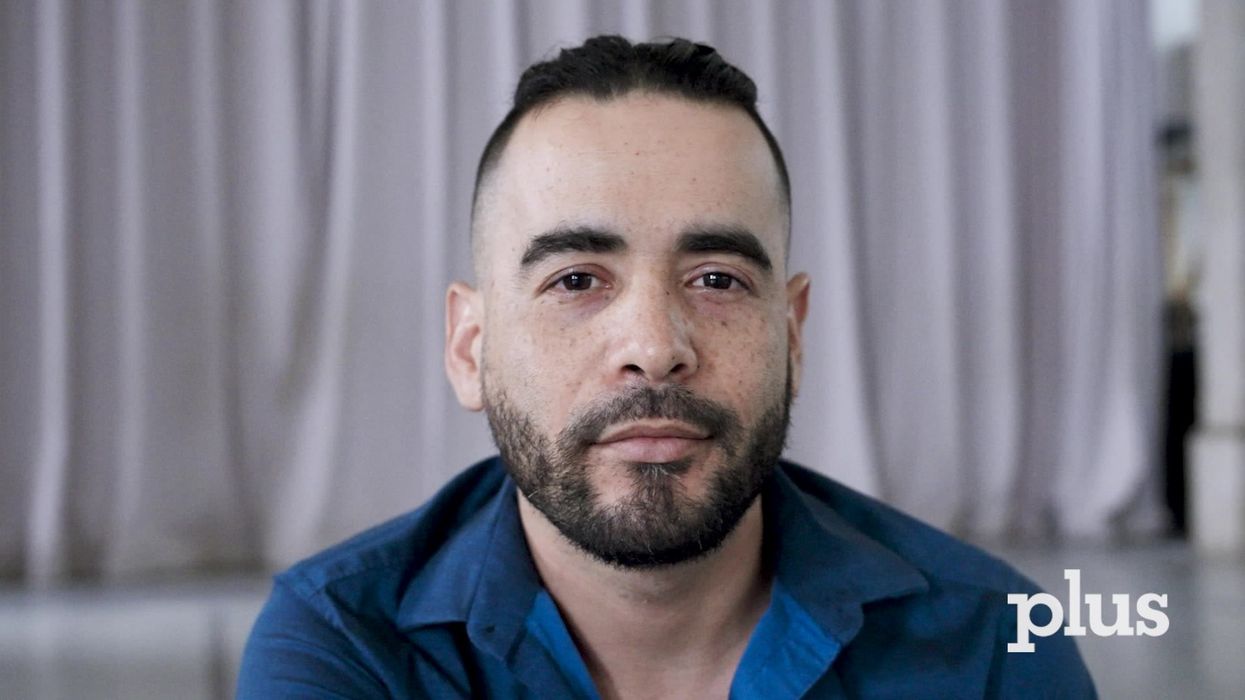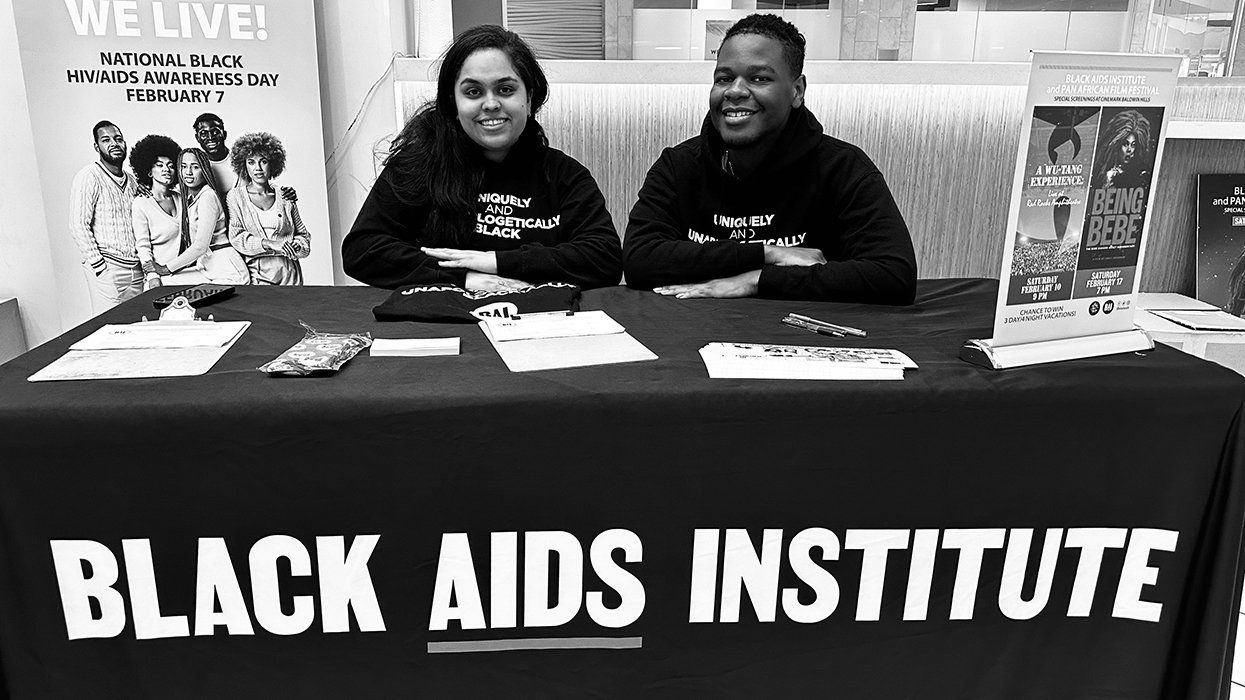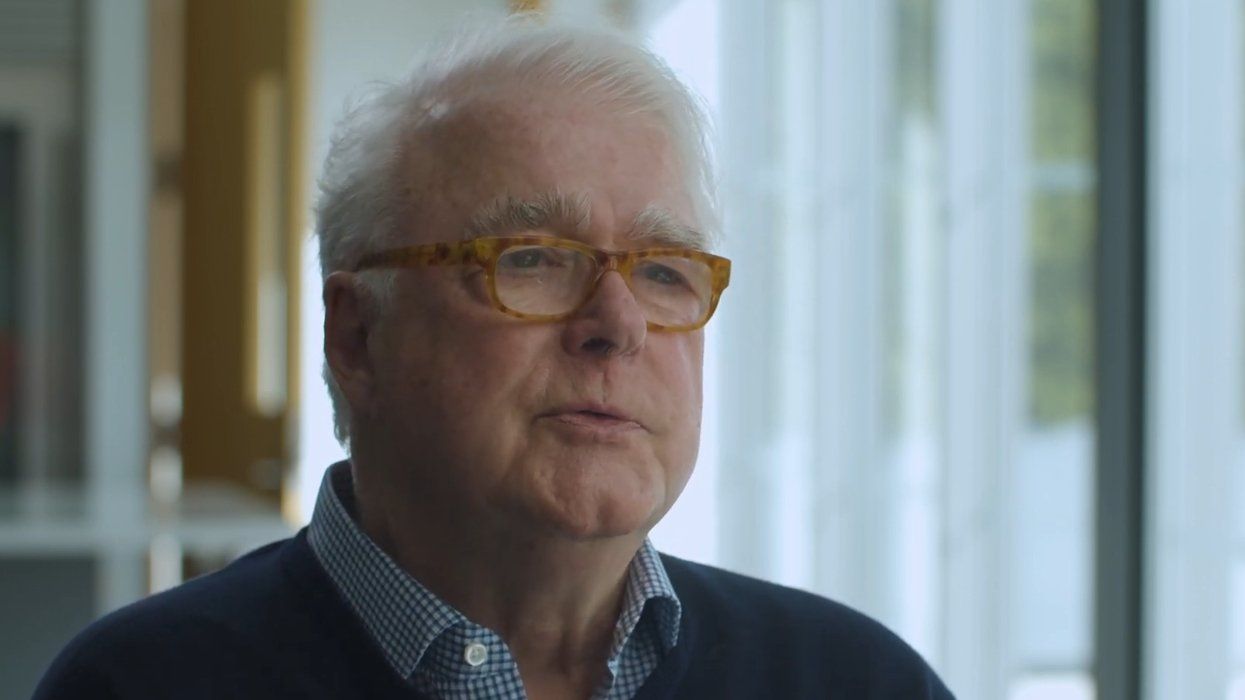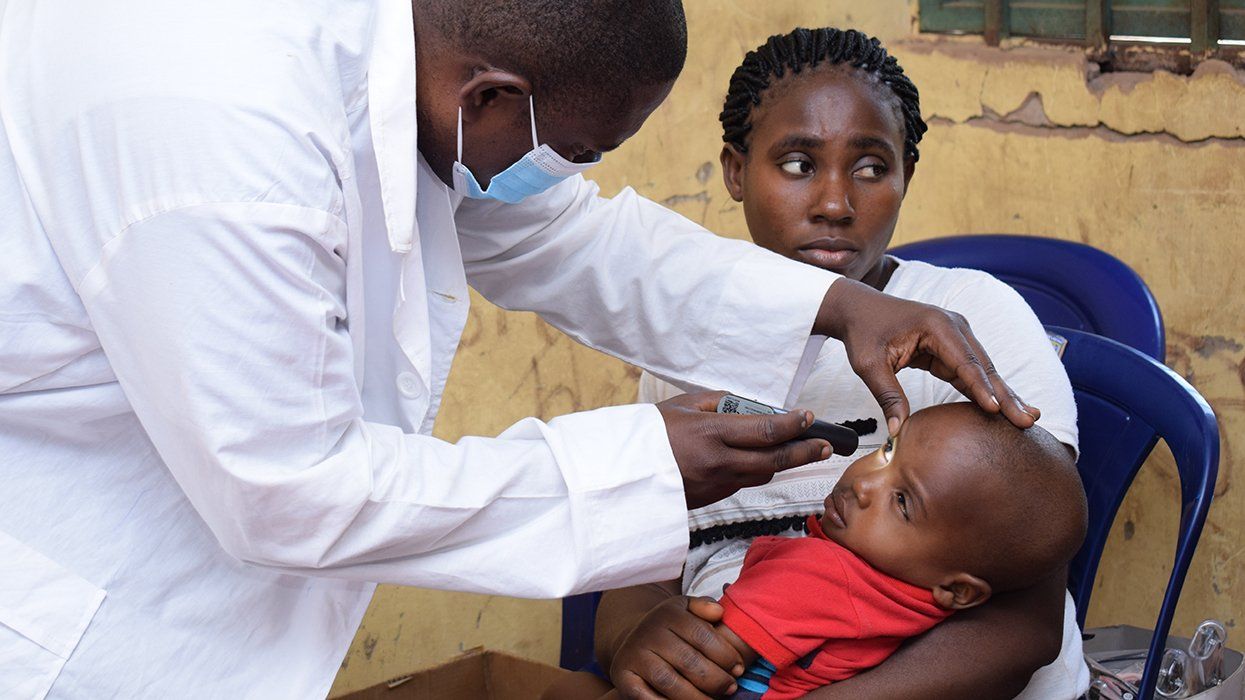Treatment GuideJust DiagnosedSex & DatingAfrican AmericanStigmaAsk the HIV DocPrEP En EspañolNewsVoicesPrint IssueVideoOut 100
CONTACTCAREER OPPORTUNITIESADVERTISE WITH USPRIVACY POLICYPRIVACY PREFERENCESTERMS OF USELEGAL NOTICE
© 2025 Pride Publishing Inc.
All Rights reserved
All Rights reserved
By continuing to use our site, you agree to our Privacy Policy and Terms of Use.
How to prevent the 'next wave' of infections'this is the critical issue facing India. The globe's second-most populous nation sits on the cusp of a potentially catastrophic HIV epidemic that could kill millions of people, fracture the economy, and dramatically drive down life expectancy for the entire population. According to the most recent estimates from the Joint United Nations Programme on HIV/AIDS and India's National AIDS Control Organization, 2.5 million Indians are HIV-positive. The nation is fortunate to maintain an overall HIV prevalence rate of just 0.36% (compared to 0.4% in the United States and more than 20% in some sub'Saharan African nations), but widespread poverty, illiteracy, and poor health pose daunting challenges to HIV prevention in a population of over 1 billion people. By many accounts, national attempts at educating the populace have fallen short. This is especially the case in rural areas, increasingly hit by an epidemic that winds its way into the villages through the sexual crosscurrents of migrant workers. The villagers don't see the urban billboards that disseminate health education'many are not literate anyway. Television commercials can't educate people who don't have electricity. Ignorance runs rampant. Stigma is high. 'Who is vulnerable to HIV in the villages?' asks Samiran Panda, a physician with a long history of working with injection-drug users. 'Dropouts who are forced by poverty to migrate to other states to work as gold or silver artisans. Are these awareness materials able to reach out to them? Clearly, no.' Panda is the cofounder of the Society for Positive Atmosphere and Related Support to HIV/AIDS (its acronym, SPARSHA, means touch in many South Asian languages), which aims to educate the citizens of India's state of West Bengal about the disease. The group's effort in rural areas is an uphill battle. Among married adults in rural West Bengal, only 66% of men and 39% of women have ever heard of AIDS, according to the Ministry of Health and Family Welfare. To combat these statistics, SPARSHA has joined a consortium of public-health workers, artists, and curators whose unique vision has harnessed the power of local customs to spread the word about HIV from person to person, one village at a time. The fruits of their labor were brought this summer to the Fowler Museum at the University of California, Los Angeles; they will next travel to Mexico City for the 17th International AIDS Conference (August 3'8) before likely stops in South Africa and Brazil. The exhibit, 'Please Listen, People: Addressing HIV/AIDS in Bengali Scroll Paintings,' is the work of Bengali artists who were commissioned to adapt their traditional artistic trade into an HIV education campaign. Local and Targeted The Patua are a group of closely related artisans who live largely in the small village of Naya, about 100 miles from Kolkata (formerly Calcutta) in West Bengal. Their genealogical profession'and full livelihood, when times are good'is the painting of brightly colored narrative scrolls whose poetic tales the artists call out one frame at a time through metallically resonant song. Traditionally, the scroll painters have adapted epics such as the Ramayana and Mahabharata, South Asia's answer to the West's Iliad and Odyssey. More recently, local nongovernmental organizations have commissioned the Patua to create scrolls that educate surrounding villagers about social or health issues such as diarrhea prevention, dowry deaths, or the importance of literacy. Enter Nandita Palchoudhuri. As a folk arts curator in Kolkata, she was concerned that local patronage of scrolls and the pull toward more modern forms of entertainment threatened this cherished cultural heritage with extinction. In 2001 she arranged a small grant for two Patua artists to receive basic HIV training and then create scrolls for inclusion in a communication fair about the disease that the American Center in Kolkata had organized. 'My primary motivation was to create a mechanism by which a traditional, highly skilled art form could continue to exist in practice by relocating it in a contemporary matrix,' Palchoudhuri says. 'Today the art form has received a new lease on life. The artisans have found fresh livelihood, while addressing a pertinent need: HIV education.' That's thanks in part to the additional collaboration of David Gere, an associate professor of world arts and cultures at UCLA. In 2004 he traveled to India on a Fulbright scholarship to research how local artists were responding to the epidemic. He had begun his career as an arts critic and journalist in the San Francisco Bay area in the mid 1980s and wrote extensively about the local response to AIDS through art. He saw parallels between the level of misinformation and fear in the early days of the American epidemic and in today's Indian landscape. 'The numbers are rising and the educational levels are low,' says Gere, whose brother Richard Gere is also a devoted advocate for AIDS causes in India. David Gere says he struck the academic jackpot when he found Palchoudhuri, who introduced him to the Patua. He was amazed to find that local economic tides had created a cottage industry of HIV scrolls. The Patua tend to paint the types of scrolls tourists will buy, which in past years has included scrolls about the attacks on the World Trade Center or about the film Titanic. To his dismay, though, with the exception of the two painters who had attended the conference, the artists were misinformed about HIV and were getting their facts wrong. One of their most notably erroneous scrolls claimed that HIV came from Poland and could be cured. 'The others had heard things or someone had told them something,' Gere says. 'It was almost like a game of telephone.' Flash forward a couple of years. Gere has brought together the likes of Panda and the people at SPARSHA as well as the legendary Tom Coates and his staff at the UCLA program in global health. Thanks to initial funding from UNAIDS; the United Nations Educational, Scientific, and Cultural Organization; and now the Ford Foundation, the group created a curriculum to benefit the surrounding area, the backbone of which is a series of educational scrolls that the Patua create. Scroll painters, along with community health workers from SPARSHA, pay four visits to each village and give presentations centered around the scroll recitations in front of groups of villagers. The health workers, some of whom are HIV-positive, help lead discussions about the topics addressed in the scrolls. The scrolls focus on four main topics: HIV transmission, stigma reduction, safer-sex practices and fidelity, and the realities of living with the virus. One scroll, featured in the Los Angeles exhibit, tells of a beautiful HIV-positive woman who is shunned by her community after her husband's death from AIDS-related causes. Eventually her family comes around, and she marries another HIV-positive man, with whom she has an HIV-negative son. Culturally Sensitive Research has long shown that HIV education messages are most effective when delivered in a culturally sensitive manner, their content specifically designed to appeal to narrow demographic groups. Palchoudhuri says she finds this project a perfect marriage of traditional customs and local needs. 'The scrolls are telling stories of today's issues,' she says, 'but expressing them through a language'both audio and visual'that the audiences are entirely familiar with. Issues of sex and condom usage are dealt with sensitively in a manner conducive to the rural society that they are addressing. It begins to feel like a problem that belongs to the villagers and not imposed from an urban elite.' The apparent success of this face-to-face mode of education is dramatic, according to a study conducted by Panda, Gere, and Palchoudhuri that measured villagers' level of stigma toward HIVers. Before the intervention, 28% of the participants disagreed with the statement 'People with HIV should be ashamed.' But afterward, the figure leaped to a whopping 94%. Research has shown that even chipping away at such fear and loathing is the first step in creating both behavioral change and the likelihood that people will seek out testing and care. 'The experience with this curriculum underlines that when you have information you can overcome fear and stigma,' Gere says. 'And the same thing was true in San Francisco in the 1980s. When we knew more, we were less afraid.' He and his fellow collaborators are thrilled with the results yet cautious about whether the attitude shift will persist for the long term. In the meantime, they hope to tap into comparable wells of artistic talent throughout West Bengal, and possibly beyond: approaching puppeteers, folksingers, or actors about creating similar HIV education programs.
From our Sponsors
Most Popular
“So much life to live”: Eric Nieves on thriving with HIV
September 03 2025 11:37 AM
Thanks to U=U, HIV-positive people can live long, happy, healthy lives
July 25 2025 2:37 PM
The Talk: Beyond the exam room
August 13 2025 3:15 PM
BREAKING: Supreme Court rules to save free access to preventive care, including PrEP
June 27 2025 10:32 AM
Messenger RNA could be the key to an HIV vaccine — but government cuts pose a threat
August 20 2025 8:02 AM
“I felt like a butterfly”: Niko Flowers on reclaiming life with HIV
July 23 2025 12:22 PM
Dancer. Healer. Survivor. DéShaun Armbrister is all of the above
July 02 2025 8:23 PM
The Talk: Starting the conversation
July 25 2025 4:47 PM
The lab coat just got queer
August 21 2025 10:00 AM
Plus: Featured Video
Latest Stories
HIV-positive men stage 'Kiss-In' protest at U.S.-Mexico border
December 01 2025 12:56 PM
What the AIDS crisis stole from Black gay men
December 01 2025 6:00 AM
Amazing People of 2025: Javier Muñoz
October 17 2025 7:35 PM
It’s National PrEP Day! Learn the latest about HIV prevention
October 10 2025 9:00 AM
“I am the steward of my ship”: John Gibson rewrites his HIV narrative
September 16 2025 2:56 PM
The Talk: Owning your voice
August 25 2025 8:16 PM
The Talk: Navigating your treatment
August 01 2025 6:02 PM
How the Black AIDS Institute continues to fill in the gaps
July 25 2025 1:06 PM
1985: the year the AIDS crisis finally broke through the silence
June 26 2025 11:24 AM
VIDEO: A man living with HIV discusses his journey to fatherhood
June 10 2025 4:58 PM
Trump admin guts $258 million in funding for HIV vaccine research
June 03 2025 3:47 PM
Grindr is reminding us why jockstraps are so sexy and iconic
May 02 2025 5:36 PM
HRC holds 'die-in' to protest Trump health care cuts
April 28 2025 2:11 PM
Two right-wing Supreme Court justices signal they may uphold access to PrEP and more
April 21 2025 4:10 PM
500,000 Children at Risk: PEPFAR Funding Crisis
April 08 2025 3:51 PM
Broadway's best raise over $1 million for LGBTQ+ and HIV causes
April 03 2025 7:15 PM
The Talk Season 5 premieres this spring with HIV guidance for the newly diagnosed
March 26 2025 1:00 PM











